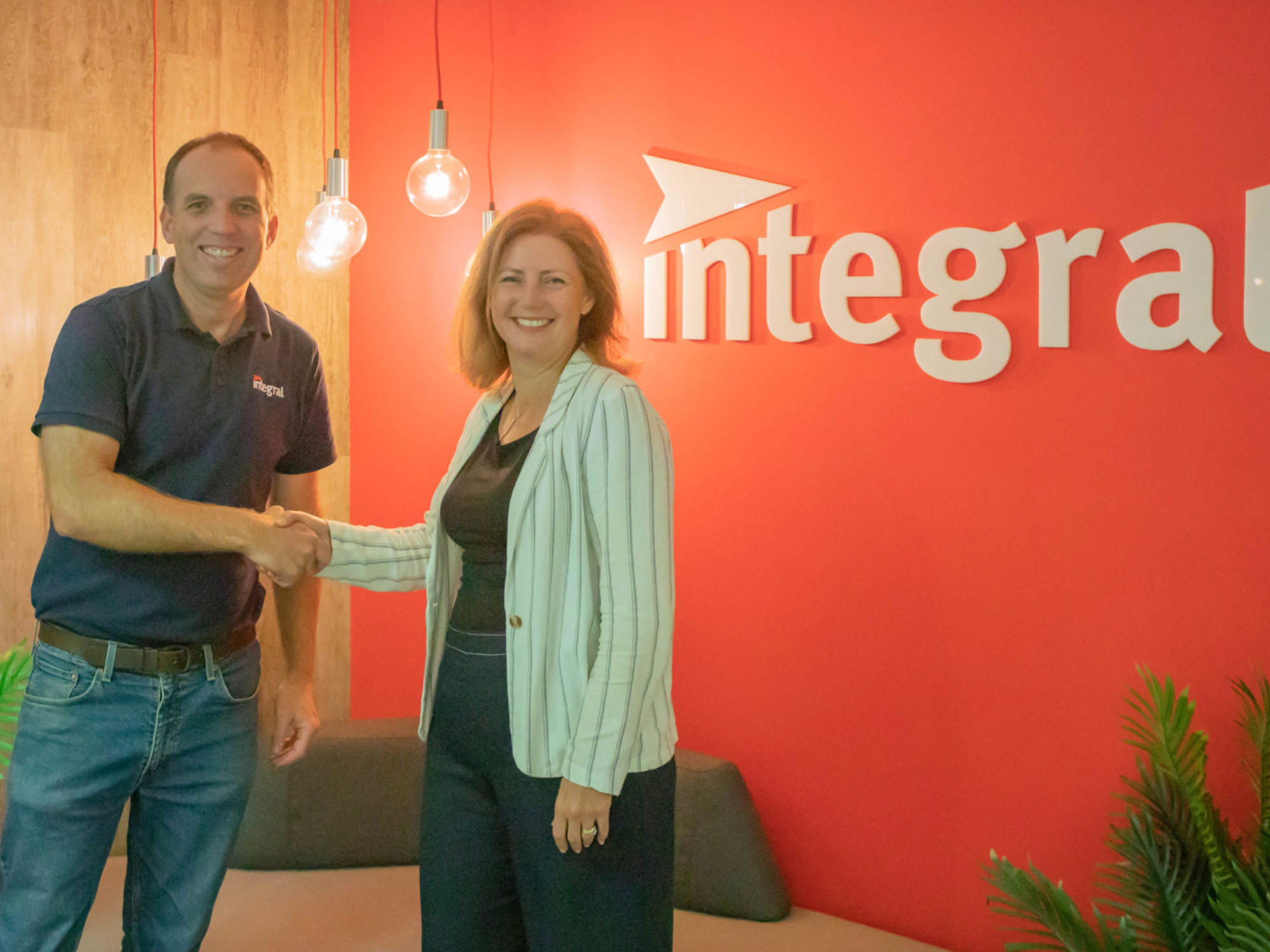Business resilience: designing a business that can adapt and thrive
From technology to health care, education to environment, and everything in between; the world is evolving at a rapid rate. To maintain sustainability for your business and meet the challenges head-on, business resilience and adaptability are a must.
You can prepare for the future by adopting a comprehensive approach to business resilience:
- Business design - A business design that allows your organisation to quickly adapt and recover from an unexpected disruption is necessary. This will require decision-makers to change the corporate landscape and embrace agility and flexibility in business operations.
- Business transformation - You must continually evolve to meet changing customer needs and demands, market trends, as well as emerging or advancing technologies.
- Sustainability - A sustainable approach to business management and operations helps protect the environment as well as your businesses bottom line.
Let’s take a deeper dive into how you can design a business that can adapt and thrive in a rapidly changing landscape.
Cultivating an innovative business mindset
Innovation is a key component to success for any business, regardless of its size or industry. Innovation helps organizations stay ahead of the competition, meet customer needs, and quickly adapt when circumstances change. However, cultivating an innovative mindset is easier said than done, and it requires a commitment to continuous learning, a willingness to take calculated risks, and a culture of inclusivity, experimentation, and collaboration.
Collect and analyse good quality data
One of the most important steps in cultivating an innovative business mindset is to collect and analyse quality data. Companies generally don’t survive long without understanding the needs of their customers, the abilities of competitors, and their own strengths and vulnerabilities. This level of understanding requires gathering and thoroughly analysing data from a variety of sources, including customer feedback, market research, internal performance metrics, and other troves of valuable data.
Insights gleaned from data analysis, can help your business identify areas of your operations that might need improvement, develop better products and services, and make more informed business decisions.
Keep up with industry trends
Keeping up with industry trends can help cultivate an innovative mindset. As a business leader, it’s important to stay informed about the latest technologies, fluctuating customer preferences, and vacillating market conditions. To help keep up, you must commit to ongoing education practices and a willingness to try new ideas and consider other perspectives.
Invest in research and development
Investing in research and development initiatives is another vital component of cultivating an innovative mindset. You must be willing to take certain calculated risks and invest resources into developing new ideas to help improve your business’s products and/or services. This process usually requires long-term goals and objectives and a willingness to tolerate failed attempts as a natural part of the innovation process.
Agility in business design
Business agility is a necessity in today’s fast-paced world. In a business sense, agility means being able to quickly adapt to fluctuating market conditions, customer needs, and technological advancements. To effectively instil business agility, a flexible mindset and a company culture that encourages experimentation and risk-taking is needed.
For an organisation to be agile, you’ll need to be willing to challenge the status quo.
Technological agility
Technology can play a pivotal role in helping modern organisations streamline overall business operations, improve efficiency, and stay ahead of the competition. By effectively leveraging automation technologies, data analytics, cloud computing, and other cutting-edge technological advancements, companies can adapt more quickly when the future ushers in changes.
A culture of agility
Technology on its own is not sufficient, however. Businesses must also have a culture of agility that encourages innovative development. You’ll need to be ready and willing to pivot quickly when presented with new information and adapt operations to meet the changing demands of the industry, the market, or your customers.
Fostering healthy business relationships
Building a sustainable and successful business also requires healthy business relationships. To achieve strong relationships, it is essential that you build an atmosphere of trust and mutual respect with all stakeholders, including:
- customers
- employees
- community members
- suppliers
- partners
- investors.
By building strong connections with all these stakeholders and creating an environment of trust, respect, and mutual benefit, companies can more readily adapt to changes and find success in the long term.
Listen to your customers
Customer feedback and gleaning insights based on customer needs, preferences, and pain points is essential in building healthy business relationships. To accomplish this effectively, you must actively listen to feedback and incorporate it into business decisions. You can also improve customer relations by:
- enhancing customer service capabilities
- delivering high-quality products and services
- constructing a brand that customers trust, can relate to, and want to support.
Strengthen employee relationships
Having strong relationships with employees is another vital ingredient when cultivating a healthy business environment. By creating a workplace culture that values employee contributions (including constructive feedback), businesses can encourage professional growth and development. You can invest in the longevity and loyalty of your workforce by offering attractive employee incentives such as:
- competitive compensation
- health benefits
- ongoing training
- length of service/milestone bonuses.
Employees are more likely to stay with a company they feel takes care of them, provides adequate opportunities for advancement, and provides a safe and supportive work environment.
Community involvement
As a business leader, being actively engaged as a member of your communities can help generate a deeper sense of interconnectivity within the region(s) the company operates in. Investing in social and environmental initiatives and collaborating with other organisations to create shared value, businesses can develop lasting relationships and positively impact the communities in which they operate.
Technology enables business growth
Emerging technologies like artificial intelligence (AI), machine learning (ML), blockchain, and the Internet of Things (IoT) are revolutionising the way businesses operate and generate new opportunities for growth and development. Such technological advancements enable modern organisations to not only improve efficiency and productivity but also help reduce costs while creating new value for customers.
Artificial intelligence
Artificial intelligence, which has seen a recent proliferation in use and capabilities, can help streamline your operations, enabling you to improve efficiency and reduce the prevalence of human error. You can leverage AI to analyse large volumes of data and identify various trends and patterns, to help make better-informed decisions and create greater, more effective personalised experiences for your customers.
An example of how AI can easily be used to improve business practices (from a customer stand-point): AI-driven chatbots can provide instantaneous customer service and support, which reduces customer wait times and can enhance the overall customer experience.
Blockchain
Blockchain is another technology that’s being used more readily to help change the way businesses operate. Blockchain can provide a secure, transparent method of storing and sharing data, which can enable you to create more secure and efficient supply chains while streamlining your business operations. You can also use blockchain to create entirely new business models like decentralised marketplaces and tokenised ecosystems.
An example of how Blockchain can be used the improve the way businesses operate: Blockchain can allow you to create more secure and transparent supply chains while providing customers with greater visibility into the origins of the products they purchase.
The Internet of Things
The Internet of Things (IoT) is yet another example of a technology you can use to transform your business operations. IoT involves connecting everyday devices to the internet and utilising those devices to collect data and automate various processes. This technology can empower you to reduce costs, improve efficiency, and tap into new revenue streams by offering new products and/or services. For example: IoT devices can be used to develop innovative new products, like remotely-controlled smart home devices.
In addition to improving efficiency and customer experiences, these emerging technologies can also help you maintain pace with competitors within an increasingly fast-paced and technology-reliant marketplace. By investing in and implementing the latest technologies your business will stand a better chance of staying ahead of the curve and attracting new customers and new talent.
Proactive is better than reactive
The adage “change is the only constant” is true, especially in the modern business era. Companies that wish to remain successful and relevant must continually adapt and innovate. By embracing that culture of continuous learning and innovation, you can better prepare for the future.
Agility in business design is crucial, as well as building strong stakeholder relationships to help cultivate a shared vision of the organization’s long-term goals and direction.
By taking a proactive approach to business design and business strategy, companies can ensure that they are prepared to face any challenges (as well as any opportunities) that the future has in store.



